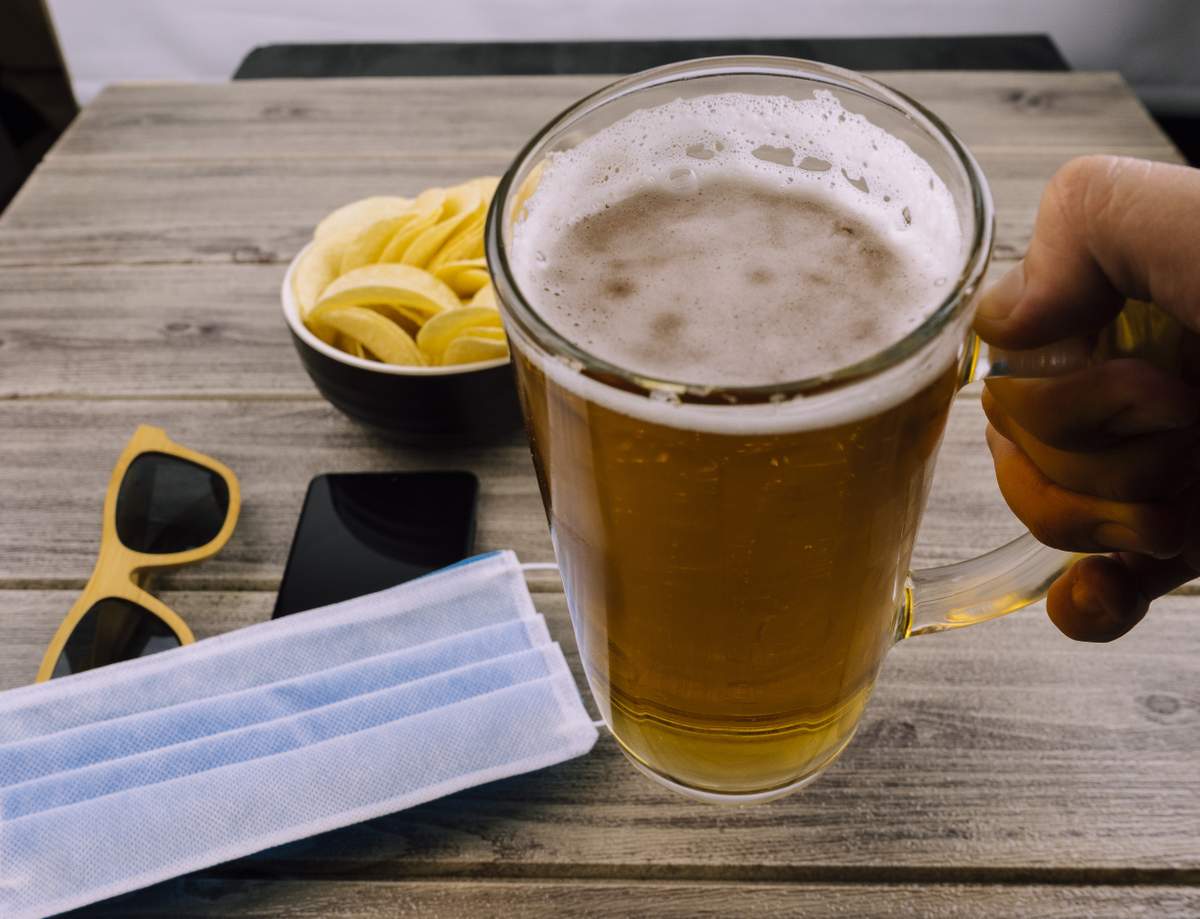
Ambius are experts at building, designing and maintaining interior landscapes. They work with everyone from luxury hotels to shopping centers, transforming workplaces and public indoor venues with plant services, living green walls and “premium scenting.” Mmm … premium scenting.
Well, Ambius dropped us a line, noting it had pulled together a feature story on improving indoor cleanliness for breweries and taprooms, beyond botanicals. Outlined are five key areas to help bars and breweries establish brand confidence and regain customer trust through proper health and hygiene measures.
“The COVID-19 pandemic has forced businesses to revamp their hygiene policies,” said Kelly Walowski, global account consultant for Ambius. “Customers will be more aware of health and safety as they re-enter public spaces, making it critical for business owners to display a new and improved commitment to creating smarter, healthier environments.”
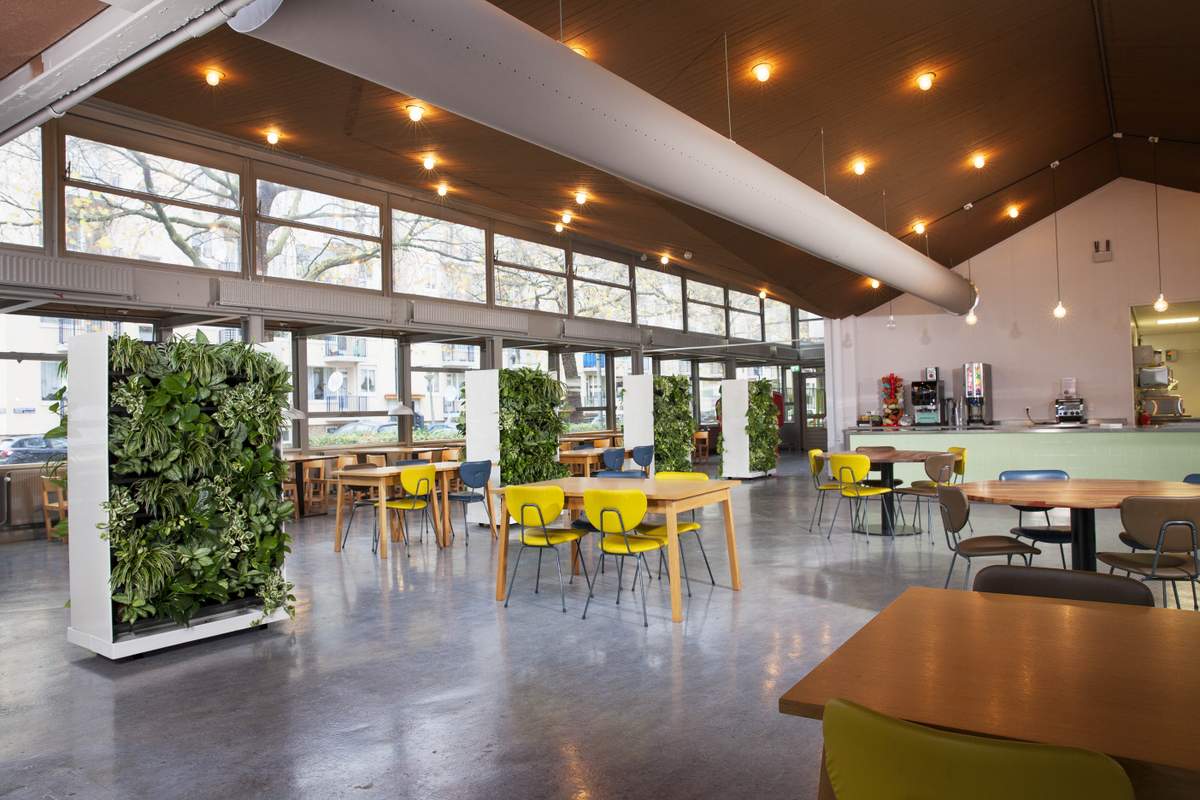
Five ways to create smarter, healthier spaces during and after the pandemic include:
1. Focus on indoor air quality
Consumers are spending more time indoors, increasing the risk of exposure to a range of contaminants, microbes, allergens and pollutants. According to the Environmental Protection Agency (EPA), exposure to air pollutants indicate that indoor levels of pollutants may be two to five times higher than outdoor levels.
The Centers for Disease Control and Prevention (CDC), released guidelines in February 2021 for building owners and managers to aid in creating safe environments. Along with a general inspection for HVAC functionality, the CDC recommends implementing high-efficiency particulate air (HEPA) units to increase air filtration as much as possible.
“Not just any air filtration system will provide the proper purification,” said Walowski. “The CDC recommends a 4-stage filtration process that includes HEPA13 and carbon filters. Knowing and understanding which ventilation improvements can best serve the needs of tenants is the first step to creating a smarter, healthier space.”
2. Create a hand hygiene culture
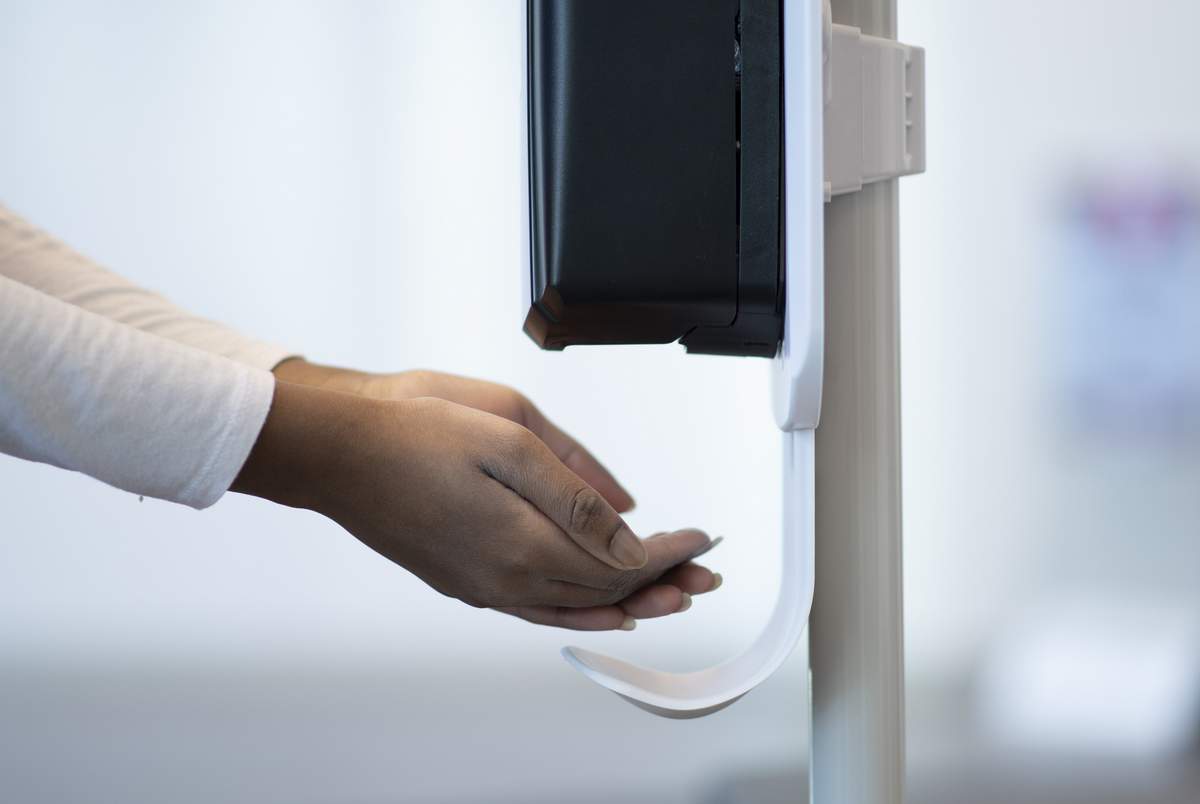
Whether or not a person washes their hands well or even on a regular basis is up to the individual. Placing mobile hand hygiene units around the taproom gives a visual cue that “right now” is a great time to sanitize. Placing hand hygiene dispensers in “high traffic” areas and throughout the entire facility can significantly reduce the risk of spread. High traffic areas include:
- Employee break rooms
- Common areas
- Patios
- Entry ways
- Bar area
- Kitchens
- Restrooms
Take disinfection beyond a simple “wipe-down” method
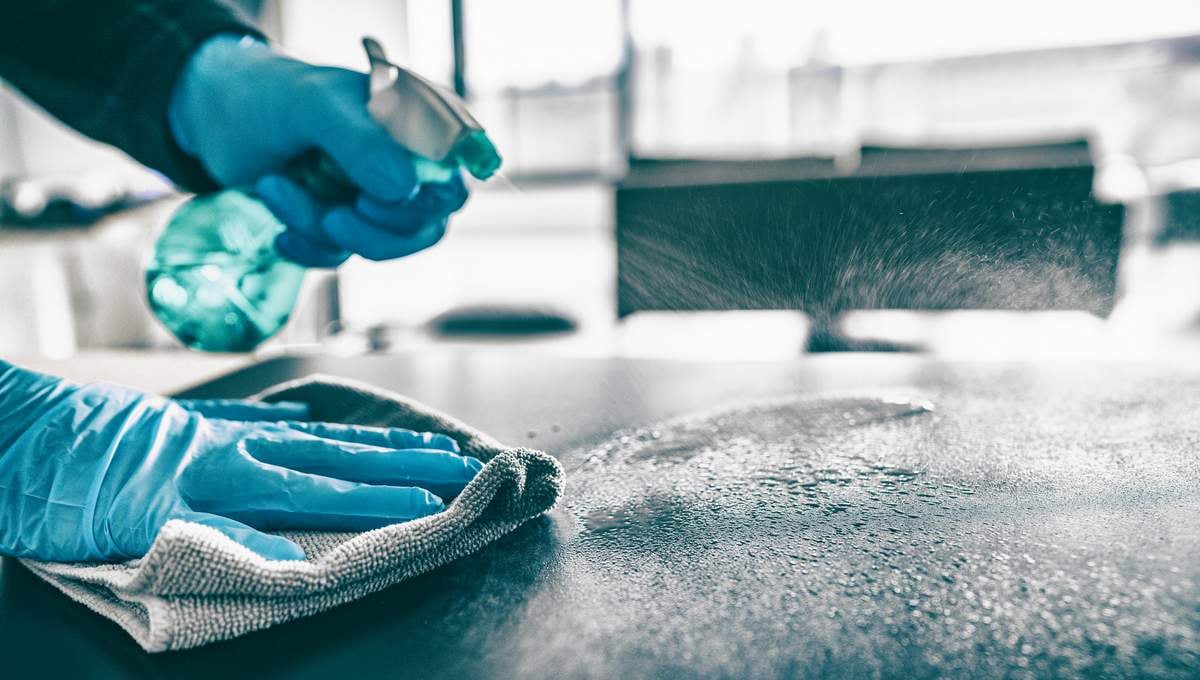
High traffic areas should also receive additional disinfection treatments to control the spread of germs. While traditional spray and wipe-down cleaning methods can help remove dirt and reduce pathogens from a surface, it can also miss up to 50 percent of germs on surfaces.
”Disinfectants need time to kill or inactivate the pathogens they contact,” said Walowski. “Without giving disinfectants the proper dwell time, the effective rate may be reduced. Additionally, not all disinfectants can kill SARS-CoV-2. In the U.S., only products found on the U.S. Environmental Protection Agency’s list has been approved for use against SARS-CoV-2.”
4. Enforce social distancing with plants, modular partitions and green wall dividers
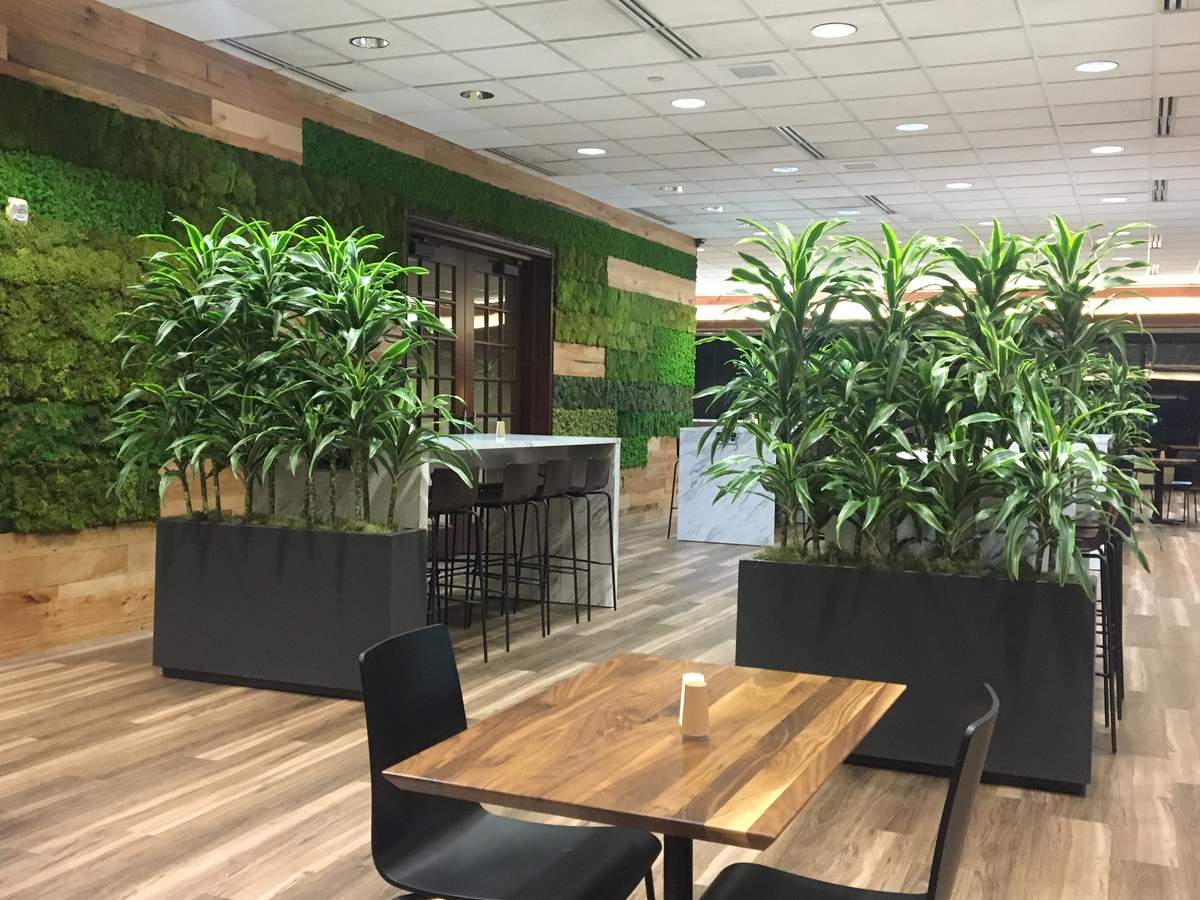
Customers will seek visual cues that the location is safe and improvements have been made facility-wide. Interiorscaping is the perfect opportunity to create a visually stunning and socially distanced design by infusing the space with natural elements to bring the outdoors inside.
“Plants, modular partitions and green wall dividers are functional and versatile,” said Walowski. “In addition to social distancing, plants can help create a positive, welcoming environment that offers a lasting impression.”
5. Implement a company-specific hygiene protocol and measure progress through third party assessments
COVID-19 has drastically impacted how businesses operate. As managers work to reopen, it’s important to understand new health and safety regulations. For multi-location facilities, it can be difficult to feel confident in the proper execution of health and safety protocols across all locations.
Health and safety evaluations have been utilized in other industries for decades to ensure all quality, safety and public health guidelines are met. This same process can be used in any business to reinforce proper COVID-19 protocols, frontline preparedness and issue resolution capabilities. Some of the most common items for evaluation and coaching include: following
local health department guidance, wellness policies, social distancing measures, hand hygiene, face masks and PPE and COVID-19 exposure-response.
“Third party assessment firms can provide a corporation with an unbiased evaluation while offering insight into industry best practices,” said Walowski. “This objective feedback and insider knowledge can be used to train staff more effectively while also providing peace of mind that a consistent brand experience has been executed across all locations.”
To learn more about air and hand hygiene as well as additional ways to create smarter, healthier spaces, visit the Ambius website.




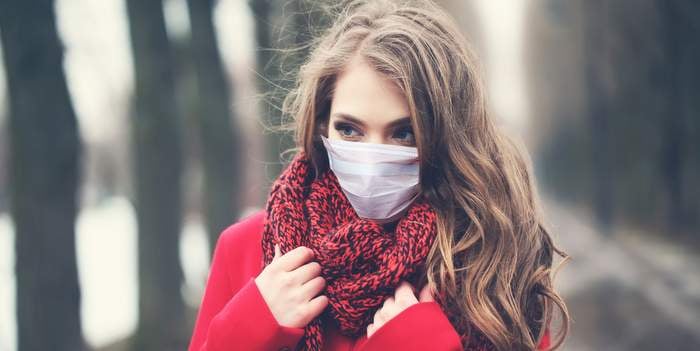
Leave a Reply
You must be logged in to post a comment.